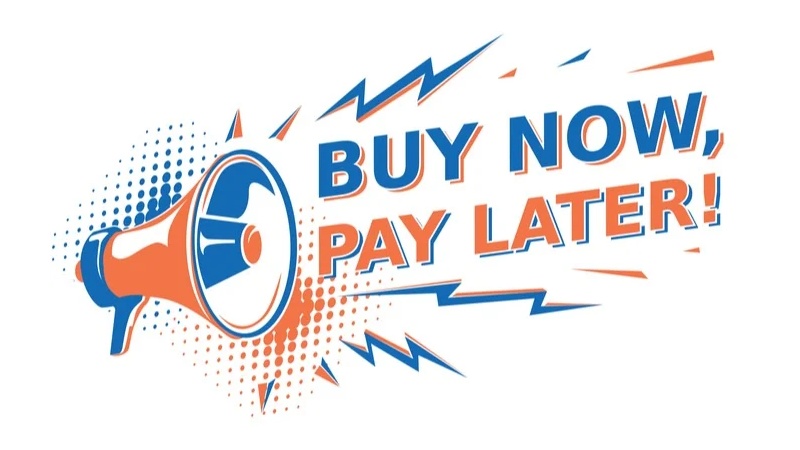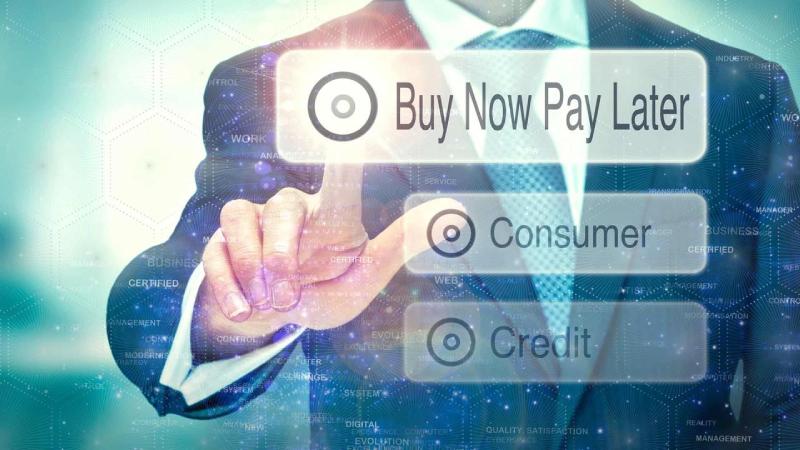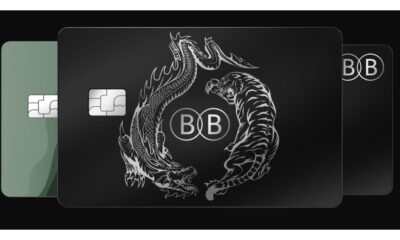Startup
Things to You Should Need to Know about Buy Now, Pay Later Plans

Buy now, pay later (BNPL) plans have become increasingly popular because they provide the temptation of instant satisfaction without putting a strain on finances right away.
All you have to do to see how many people are tempted to get what they want now and pay for it later is look at Statistics Canada’s report on Canada’s rising consumer credit debt. As of the third quarter of 2023, we owed $113.4 billion in credit card debt alone, according to Equifax Canada.
Beneath the apparent convenience and adaptability of these BNPL programs, however, are several hidden traps that can entangle unsuspecting customers in a maze of financial difficulties.
Buy Now, Pay Later: The Basics
These are very simple programs. They let customers break up the cost of a purchase into smaller installments, usually four payments every two weeks. Additionally, some programs offer the option to finance purchases with monthly payments; however, there is usually a fair amount of interest associated with these repayment plans.
For example, you would pay the first $50 payment upfront and then an additional $50 every two weeks until the remaining $150 balance was paid if you used BNPL to buy a $200 pair of shoes.
Currently, a few of the largest BNPL companies in Canada are Afterpay, Klarna, PayBright, and Sezzle.
The positive
Like credit cards, BNPL programs are frequently criticized. But, just like with credit cards, careless use rather than the program itself is often the issue. When used sensibly, credit cards can be great tools, but when used carelessly, they can drown you in debt.
It seems only right to discuss the benefits of BNPL programs before delving into some of their drawbacks.
Specifically, BNPL enables you to finance and divide a purchase that would otherwise be difficult to afford into manageable portions. The pay-in-four repayment plan only requires a small processing fee, typically less than $2, and does not require interest payments.
When compared to credit cards, which impose monthly interest fees on any balance that is carried over into the following billing cycle, this offers BNPL a significant advantage.
When it comes to handling last-minute purchases, like getting a new laptop for work or school or fixing a broken tool you need for your small business, this can really help.
The negative
Let’s now discuss a few of the less-than-ideal features of BNPL.
They might start a debt spiral.
When used for necessities, BNPL can be very helpful, but many users abuse services like Klarna and PayBright to spend more than they can afford on materialistic items.
The quick money barrier to purchases is cleverly removed by BNPL programs, which can trick customers into overspending.
The cumulative impact of several BNPL commitments can encourage an overconsumption habit, and this illusion of affordability can encourage impulsive purchasing decisions.
This might push you into a misleading comfort zone where it’s simple to rack up debt from several BNPL companies.
With every new purchase comes an additional financial burden that could eventually put the consumer in a situation where their monthly payments exceed their means.
Many BNPL programs set maximum borrowing amounts as a result. Usually, first-time users aren’t given much money—perhaps as little as $200 to $300. Then, just like a credit card line may increase, the user’s maximum borrowing amount will rise as they establish a solid payment history and make more frequent use of it.
Unknown risks and costs
Even though BNPL programs frequently advertise zero interest as a selling point, late payments can result in significant penalties and, in certain situations, rapidly rising interest rates.
In contrast to conventional credit models, which have tightly regulated terms, BNPL agreements may surprise customers with their punitive measures. This has the potential to transform an alluring instant convenience into an enduring financial strain.
Concerns about consumer protection
Comparing the BNPL industry to traditional lending and credit services, the regulatory environment is comparatively more lenient. Customers may be exposed to terms that are not always in their best interests due to this oversight gap.
Because of the allure of the “pay later” promise, consumers frequently end up locked into repayment plans that they don’t fully comprehend.
The true terms, which can include interest accrual details and penalties for late payments, can be hidden by marketing, leaving some users with unpleasant surprises later on.
How is your credit affected by BNPL?
The majority of BNPL programs don’t pull credit in person. At first, the BNPL company might run a “soft” credit check to make sure you have a clean payment record. Soft credit checks, however, have no direct impact on your credit score.
Nevertheless, BNPL may have an impact on your credit.
The Buy Now Pay Later (BNPL) program may place a negative credit report mark on your record that could lower your score for several months or even years if you consistently miss your scheduled payments or let an amount you owe go to collections.
The fact that BNPL programs will never have a good effect on your credit is another drawback. Even if you pay on time for every transaction, it will never appear on your credit report. Personal loans are clearly superior in this regard.
Which BNPL alternative is the best?
By far the best substitute for BNPL is a layaway plan. Many retailers offer to hold an item for a customer while they gradually make the necessary payments. In this manner, the item will already have been paid for when you receive it.
Establishing an emergency savings account will enable you to pay for unforeseen expenses without having to worry about using a credit card or buy-now-pay-late (BNPL) program.
-

 Sports4 weeks ago
Sports4 weeks agoAl Ahly vs Inter Miami, 2025 FIFA Club World Cup – Preview, Prediction, Predicted Lineups and How to Watch
-
Health3 weeks ago
Back to Roots: Ayurveda Offers Natural Cure for Common Hair Woes
-

 Tech3 weeks ago
Tech3 weeks agoFrom Soil to Silicon: The Rise of Agriculture AI and Drone Innovations in 2025
-

 Startup4 weeks ago
Startup4 weeks agoHow Instagram Is Driving Global Social Media Marketing Trends
-

 Sports3 weeks ago
Sports3 weeks agoFIBA 3×3 World Cup 2025: Full Schedule, Preview, and How to Watch
-

 Science4 days ago
Science4 days agoJuly Full Moon 2025: Everything You Should Need to Know, When and Where to See Buck Moon
-

 Gadget3 weeks ago
Gadget3 weeks agoThings to Know about Samsung Galaxy S26: What’s New and What’s Next
-

 Sports4 weeks ago
Sports4 weeks agoWorld Judo Championships 2025: Full Schedule, Date, Time, Key Athletes and How to Watch
















